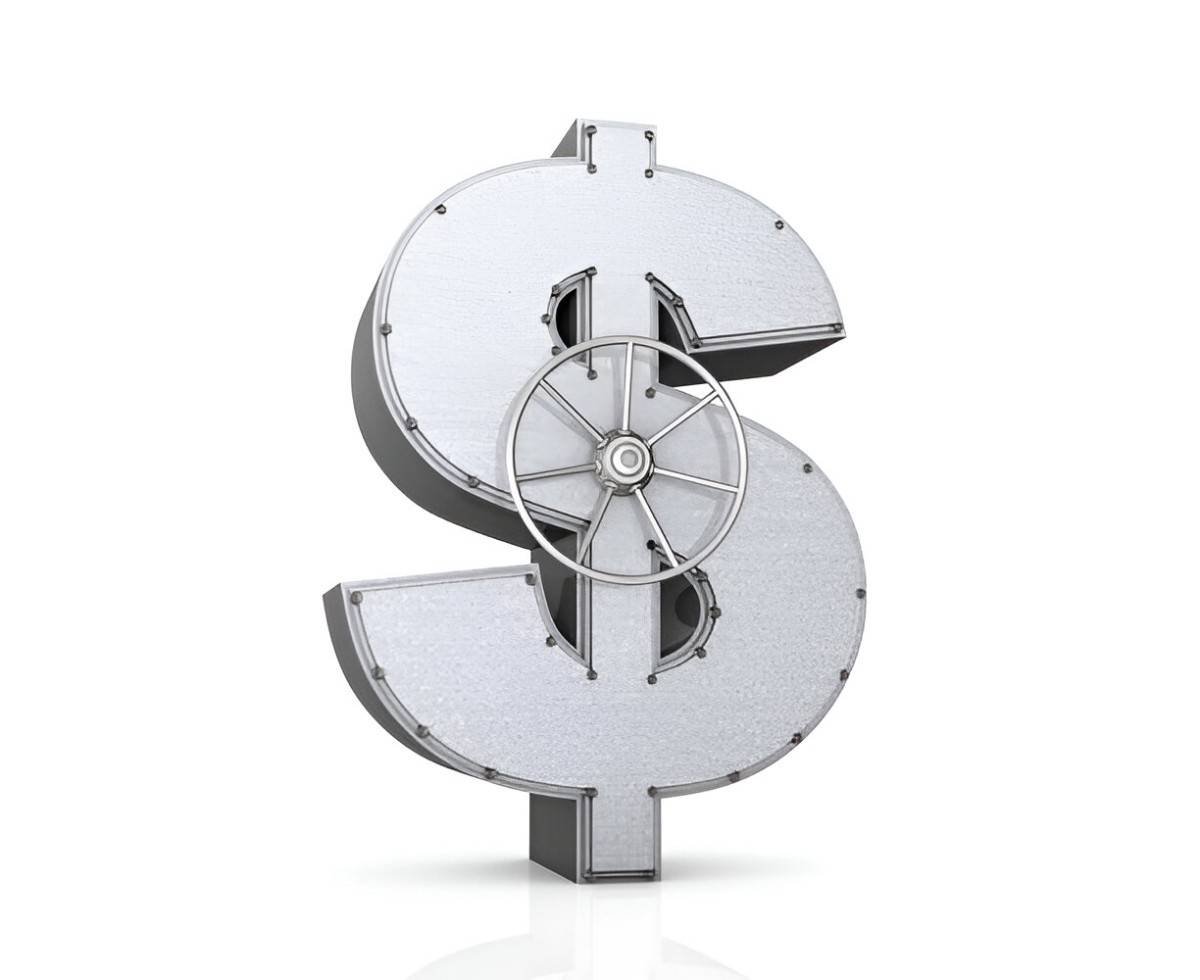Secret reserves exist in the shadows of financial statements, often hidden intentionally by corporations for strategic purposes. These reserves help companies weather economic uncertainties, manage tax liabilities, and maintain financial flexibility. In this guide, I will explain the concept, purpose, advantages, risks, and ethical considerations of secret reserves, along with real-world examples and mathematical calculations.
Table of Contents
What Are Secret Reserves?
Secret reserves refer to undisclosed financial buffers that companies create by undervaluing assets or overstating liabilities. Unlike general reserves, which appear on balance sheets, secret reserves remain concealed, giving firms additional financial security without public disclosure.
How Are Secret Reserves Created?
- Undervaluation of Assets: Companies may record assets at lower than their actual market value.
- Excessive Depreciation: Charging higher-than-required depreciation to reduce book profits.
- Overstatement of Liabilities: Inflating expenses or provisions beyond actual needs.
- Understatement of Revenue: Deliberately deferring income recognition.
- Hidden Contingency Funds: Setting aside funds under unreported provisions.
Example Calculation: Impact on Financial Statements
Consider a company with the following financials:
- Actual Revenue: $1,000,000
- Reported Revenue: $900,000 (creating a secret reserve of $100,000)
- Actual Expenses: $600,000
- Reported Expenses: $650,000 (inflating liabilities by $50,000)
- Actual Profit: 1,000,000 - 600,000 = 400,000
- Reported Profit: 900,000 - 650,000 = 250,000
By concealing $150,000 through reduced revenue recognition and inflated expenses, the company builds a financial cushion for future use.
Secret Reserves vs. General Reserves
| Feature | Secret Reserves | General Reserves |
|---|---|---|
| Disclosure | Not shown in financial statements | Clearly reported in balance sheets |
| Purpose | Financial stability and tax efficiency | Business expansion and contingency planning |
| Ethical Consideration | Often controversial | Generally accepted practice |
| Creation Method | Adjusting financial figures | Allocating part of net profit |
| Risk Level | Higher due to potential misuse | Lower due to transparency |
Advantages and Risks of Secret Reserves
Advantages:
- Financial Stability: Provides a buffer against downturns and unexpected losses.
- Tax Benefits: Lowers taxable income by reducing reported profits.
- Investor Confidence: Maintains stable earnings over time, reducing market volatility.
Risks:
- Regulatory Scrutiny: Can lead to legal issues if detected.
- Misuse by Management: Creates potential for fraud and manipulation.
- Lack of Transparency: Investors may misjudge company performance.
Ethical and Legal Considerations
While secret reserves provide financial security, their ethical implications remain debated. Regulators like the SEC (Securities and Exchange Commission) impose strict disclosure requirements to prevent financial manipulation. Companies must balance strategic financial management with transparency to maintain investor trust.
Conclusion
Secret reserves, though controversial, play a strategic role in financial management. Investors and regulators must carefully analyze financial statements to detect hidden reserves and assess corporate health accurately. By understanding their implications, I can make informed financial decisions that align with ethical business practices.





